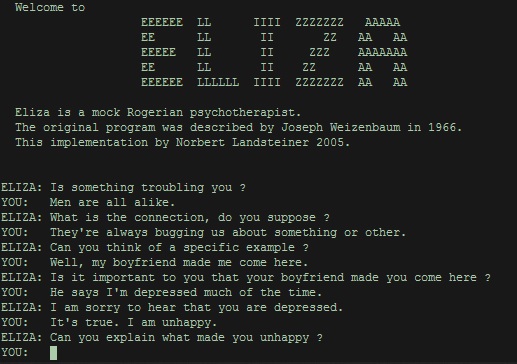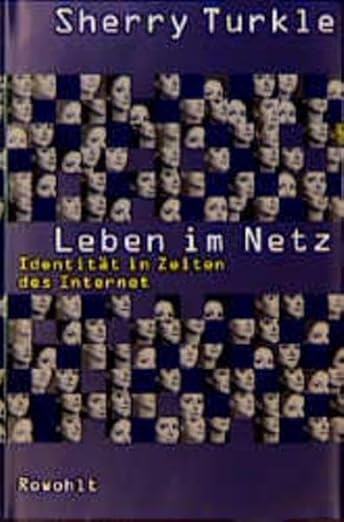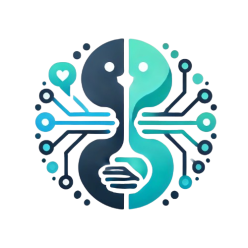The history of electronic chat systems began in the 1960s when Joseph Weizenbaum, a pioneer in computer science, developed ELIZA. This simple program simulated a psychotherapist by paraphrasing user input. Despite its limited functionality, ELIZA captivated its users profoundly. Many people felt understood—a reaction Weizenbaum himself found alarming. This early experience demonstrated how deeply the human desire for empathy and emotional connection can be triggered, even by rudimentary technology.
Try Eliza yourself! With HybridAI, we’ve recreated this famous (but admittedly quite annoying) first chat system: Chat with Eliza
Joseph Weizenbaum and the Limits of Technology
Weizenbaum initially developed ELIZA as a tool to demonstrate artificial intelligence but was so disturbed by the users’ reactions that he later became a critic of the technology. In his book “Computer Power and Human Reason” (1976), he warned that humans tend to attribute human characteristics to machines and emphasized that technology could never replicate the depth and complexity of human empathy. For Weizenbaum, it was clear: technology alone cannot establish genuine interpersonal relationships.

Sherry Turkle: Putting People at the Center of the Digital Revolution
Psychologist and sociologist Sherry Turkle expanded on Weizenbaum’s critical insights by exploring how humans connect with technology in the digital age. In her books, such as “Reclaiming Conversation” and “Alone Together”, Turkle argues that while technology facilitates communication, it often comes at the expense of genuine emotional closeness. She advocates for a more mindful use of technology, with people placed at the center. “We don’t need more technology—we need more humanity in technology,” is one of her core messages.

The Weakness of Today’s AI Hype
The current hype around AI and chatbots has delivered impressive advancements, but one key question often remains unanswered: Can technology truly win hearts? No matter how sophisticated an AI model may be, communication ultimately boils down to convincing people, making them happy, or winning them over for a cause. This is where many modern AI systems fall short: they can process data, recognize contexts, and generate responses, but they do not truly understand.
Empathy, as humans experience it, is more than a reaction to input—it is the result of genuine listening, compassion, and a desire to build a connection. This connection is often absent in purely AI-driven systems. The focus on efficiency and automation frequently overlooks the fact that trust and satisfaction are not solely created by “perfect” answers but by the feeling of being heard, valued, or even surprised by a witty or unexpected comment.
The Importance of Empathetic Communication
The early work of Weizenbaum and Turkle teaches us that empathy and emotional intelligence are irreplaceable. While technology can help us communicate faster and share information more efficiently, humans remain the key to true persuasive power. Hybrid solutions—like those from HybridAI—aim to bridge this gap by combining the strengths of AI with human interaction. They demonstrate that technology should not be seen as a replacement but as a tool to help people deliver their messages with warmth and empathy.
Conclusion
As technological development continues to advance, we must not forget that communication is fundamentally a human process. The lessons of Weizenbaum and Turkle remind us that empathy is not a “feature” but a mindset. No matter how powerful our technologies become, humans remain the benchmark for meaningful communication—yesterday, today, and in the future.
